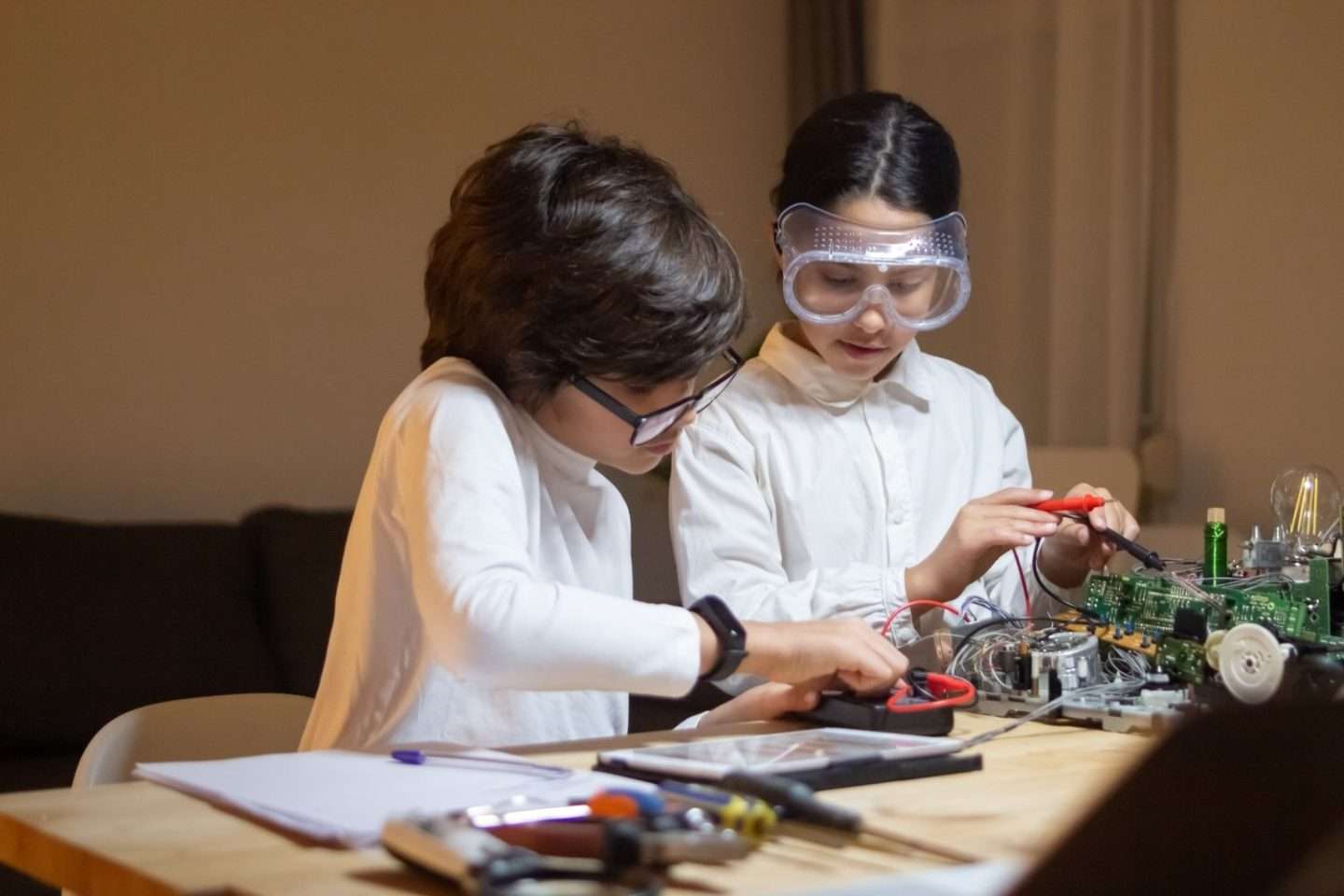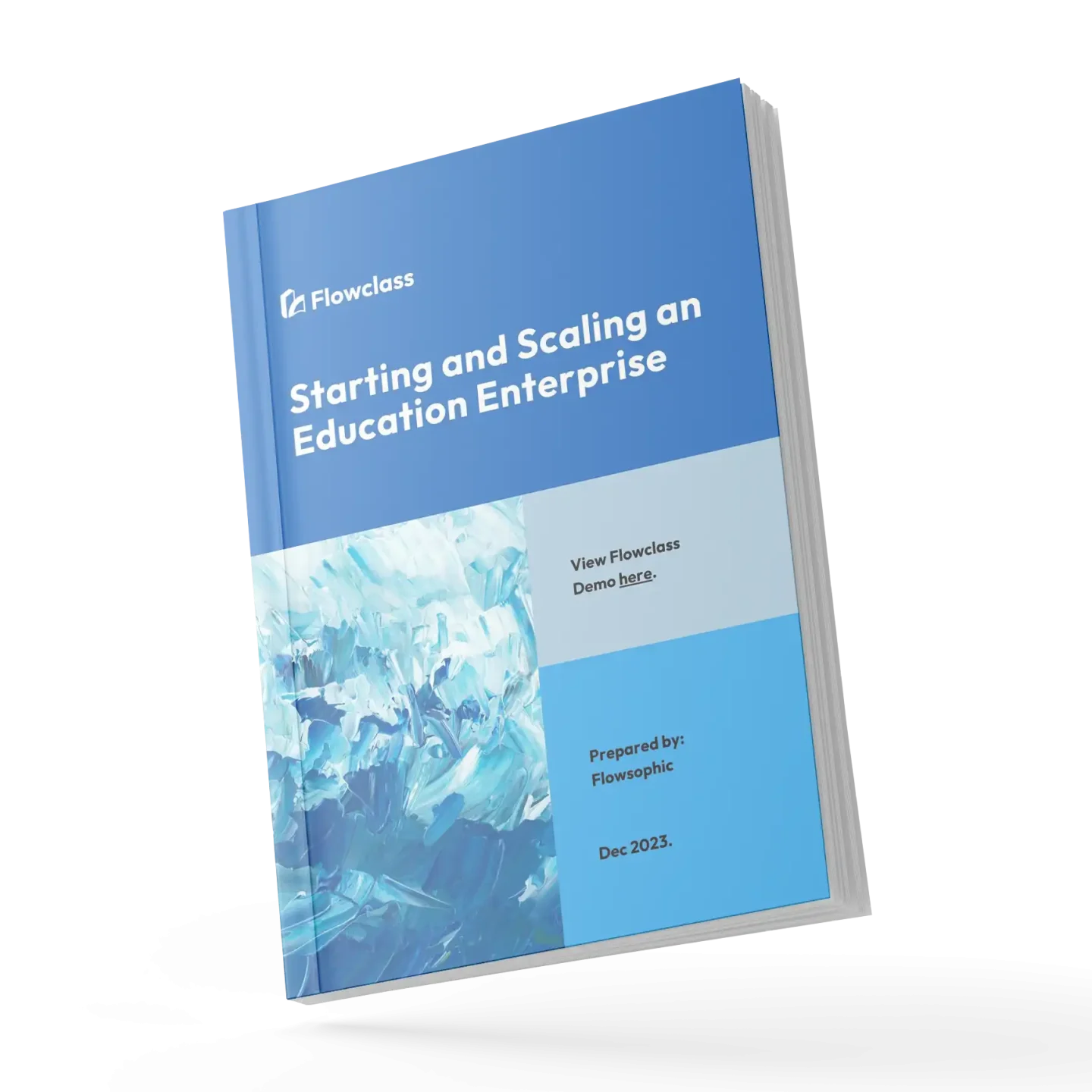In today’s rapidly evolving educational landscape, project-based learning has become a buzzword. But what exactly does it entail when integrated into the school curriculum? In this article, we will delve into the world of project-based learning and explore its fundamental principles and benefits.
Project-based learning is an innovative teaching method that embraces hands-on, real-world experiences to engage students in active learning. Instead of passively consuming information, students actively participate in projects that require them to apply their knowledge and skills to solve authentic problems. This approach promotes critical thinking, collaboration, and creativity, preparing students for the challenges they will face in the future workplace.
When integrated into the school curriculum, project-based learning provides students with opportunities to explore their interests and passions in depth. It encourages them to take ownership of their learning, fostering independence and self-motivation. By working on interdisciplinary projects, students develop a deeper understanding of the subject matter and make connections across different disciplines.
With project-based learning, education becomes more meaningful and relevant, equipping students with essential skills for success. So, let’s explore the world of project-based learning and discover how it can revolutionize education.
Benefits of integrating project-based learning (PBL) into the school curriculum

Project-based learning(PBL) offers a multitude of benefits when integrated into the school curriculum. One of the primary advantages is the development of critical thinking and problem-solving skills. By engaging in real-world projects, students are challenged to analyze complex issues, formulate creative solutions, and think critically about the information they encounter. This prepares them for the demands of the 21st-century workforce, where the ability to tackle complex problems is highly valued.
Furthermore, PBL fosters collaboration and teamwork skills. Students often work in groups to complete their projects, learning to communicate effectively, delegate responsibilities, and resolve conflicts. These interpersonal skills are essential for success in both academic and professional settings, as employers increasingly seek individuals who can work well in diverse teams. By participating in collaborative projects, students also develop a deeper understanding of diverse perspectives and the importance of inclusivity.
Another significant benefit of integrating PBL into the curriculum is the enhancement of student engagement and motivation. When students are given the opportunity to explore their interests and apply their knowledge to authentic tasks, they become more invested in their learning. This increased engagement leads to better retention of information, a deeper understanding of concepts, and a greater sense of ownership over their educational journey. As a result, students are more likely to develop a lifelong love of learning and a desire to continue exploring new ideas and challenges.
Research supporting PBL
The effectiveness of project-based learning(PBL) has been extensively researched and documented. Numerous studies have demonstrated the positive impact of this approach on student learning and achievement. One meta-analysis, conducted by the Buck Institute for Education, reviewed over 100 studies on PBL and found that it leads to significant improvements in student performance, particularly in the areas of content knowledge, critical thinking, and problem-solving skills.
Another study, published in the Journal of Educational Psychology, examined the effects of PBL on student motivation and engagement. The researchers found that students who participated in project-based learning activities displayed higher levels of intrinsic motivation, self-efficacy, and task value compared to their peers in traditional, lecture-based classrooms. This increased motivation translated into better academic outcomes and a greater likelihood of pursuing further education and career opportunities.
Furthermore, a longitudinal study conducted by the Rand Corporation followed students who had experienced PBL throughout their educational journey. The findings revealed that these students demonstrated better academic performance, higher rates of college enrollment, and greater career success compared to their counterparts who had not been exposed to project-based learning. These findings highlight the long-term benefits of integrating this approach into the school curriculum.
The role of teachers in PBL

The success of PBL in the classroom is heavily dependent on the role of the teacher. Rather than being the sole provider of information, the teacher in a project-based learning environment acts as a facilitator, guiding and supporting students throughout the learning process. This shift in the teacher’s role is crucial, as it empowers students to take ownership of their learning and fosters their independence and critical thinking skills.
One of the primary responsibilities of the teacher in a PBL setting is to design engaging and meaningful projects that align with the curriculum and address real-world problems. This requires a deep understanding of the subject matter, as well as the ability to identify relevant and authentic challenges that students can tackle. By carefully crafting these projects, teachers can ensure that students are actively engaged in the learning process and motivated to explore their interests and passions.
Additionally, teachers play a vital role in providing scaffolding and support to students as they navigate the challenges of project-based learning. This may involve offering guidance on research methods, providing feedback on project progress, and facilitating collaborative discussions. By striking a balance between guidance and autonomy, teachers can help students develop the necessary skills and confidence to tackle complex problems independently.
Steps to implement PBL in the classroom
Implementing PBL in the classroom requires a well-structured and intentional approach. Here are the key steps to successfully integrate this approach into the school curriculum:
- Define the learning objectives: Begin by clearly identifying the academic standards, content knowledge, and skills that you want your students to develop through the project-based learning experience. This will help you design a project that aligns with the curriculum and meets the desired learning outcomes.
- Identify a real-world problem or challenge: Choose a problem or challenge that is relevant, engaging, and meaningful to your students. This could be a local community issue, a global concern, or a practical problem that students can relate to and feel motivated to solve.
- Develop the project plan: Outline the steps and timeline for the project, including the specific tasks, resources, and milestones that students will need to achieve. Ensure that the project is structured in a way that allows for flexibility and student input.
- Provide necessary scaffolding: Offer support and guidance to your students as they navigate the project-based learning experience. This may include providing instruction on research methods, offering feedback on project progress, and facilitating collaborative discussions.
- Encourage student agency and ownership: Empower your students to take an active role in the learning process. Encourage them to make decisions, take risks, and explore their own ideas and solutions to the problem at hand.
- Incorporate opportunities for reflection: Build in regular opportunities for students to reflect on their learning, assess their progress, and identify areas for improvement. This can help them develop metacognitive skills and a deeper understanding of the project-based learning process.
- Assess and evaluate student learning: Develop a comprehensive assessment plan that measures not only the final project outcomes but also the development of critical thinking, collaboration, and other essential skills. This will help you gauge the effectiveness of the project-based learning approach and identify areas for improvement.
Examples of successful PBL projects
To illustrate the power of PBL, let’s explore some examples of successful projects that have been implemented in schools:
- Sustainable Community Development: In this project, high school students were tasked with designing a sustainable community plan for their local neighborhood. They conducted research on renewable energy sources, urban planning, and environmental impact, and then collaborated to create a comprehensive proposal that addressed housing, transportation, and green spaces.
- Entrepreneurship and Innovation: Middle school students participated in a project where they identified a problem in their community and developed a viable business solution. They conducted market research, created a business plan, and pitched their ideas to a panel of local entrepreneurs, honing their entrepreneurial and problem-solving skills.
- Historical Reenactment: Elementary school students were engaged in a project-based learning experience that involved researching and reenacting a significant historical event. They worked in teams to create costumes, props, and scripts, and then presented their reenactment to the school and community, deepening their understanding of the historical context and developing their communication and collaboration skills.
- Environmental Conservation: In this project, students from various grade levels collaborated to address a local environmental issue, such as water pollution or deforestation. They conducted field research, analyzed data, and developed a comprehensive action plan that they then presented to local policymakers, advocating for change and developing their civic engagement skills.
These examples demonstrate the versatility and impact of project-based learning, as it can be tailored to a wide range of subject areas and grade levels. By engaging students in real-world problems and empowering them to take an active role in their learning, project-based learning fosters the development of essential skills that prepare them for success in the 21st-century workforce.
Challenges and solutions in implementing project-based learning
While the benefits of project-based learning are well-documented, there are also some challenges that educators may face when implementing this approach in the classroom. Understanding these challenges and exploring potential solutions is crucial for the successful integration of project-based learning into the school curriculum.
One of the primary challenges is the time and resource constraints that teachers often face. Designing and implementing project-based learning activities can be time-intensive, requiring significant planning and preparation. To address this, schools can provide dedicated professional development opportunities for teachers, allowing them to collaborate and share best practices.
Additionally, schools can allocate additional funding and resources to support project-based learning initiatives, such as providing access to technology, materials, and community partnerships.
Another challenge is the shift in the traditional teacher-student dynamic, as project-based learning requires a more facilitative and collaborative approach. Some teachers may feel uncomfortable relinquishing their role as the sole provider of information, and students may struggle with increased autonomy and responsibility. To overcome this, schools can offer training and support for teachers on effective facilitation techniques, as well as guide fostering student agency and independence.
Assessing and evaluating student learning in a project-based learning environment can also present a challenge. Traditional assessment methods may not adequately capture the complex skills and knowledge developed through project-based learning. To address this, educators can develop a comprehensive assessment plan that includes a variety of formative and summative assessments, such as rubrics, portfolios, and presentations. By aligning assessment with the learning objectives and providing students with meaningful feedback, teachers can ensure that project-based learning is effectively evaluated.
Assessing and evaluating student learning in project-based learning

Assessing and evaluating student learning in a project-based learning environment requires a multifaceted approach that goes beyond traditional testing methods. Instead of relying solely on standardized tests, educators must employ a variety of assessment strategies to capture the diverse skills and knowledge that students develop through their project-based learning experiences.
One effective assessment tool in project-based learning is the use of rubrics. Rubrics provide a clear and transparent framework for evaluating student performance, outlining the specific criteria and expectations for each aspect of the project. By sharing these rubrics with students at the beginning of the project, educators can ensure that students understand the learning objectives and have a clear path to success.
In addition to rubrics, project-based learning lends itself well to the use of portfolio assessments. Students can compile a collection of their work, including research, prototypes, and reflections, to demonstrate their learning journey and growth over time. Portfolio assessments not only showcase the final product but also provide insights into the process and the development of critical thinking, problem-solving, and communication skills.
Presentations and demonstrations are also valuable assessment tools in project-based learning. By requiring students to present their projects to their peers, teachers, or community members, educators can evaluate their ability to communicate their findings, defend their solutions, and respond to questions. These public presentations not only assess learning but also build important presentation and public speaking skills.
Furthermore, self-reflection and peer assessment can be powerful tools in a project-based learning environment. By encouraging students to reflect on their learning, set goals, and provide feedback to their peers, educators can foster metacognitive skills and a deeper understanding of the learning process. These formative assessment strategies can inform instructional decisions and help students identify areas for improvement.
Resources and tools for project-based learning
Implementing project-based learning in the classroom can be greatly enhanced by the use of various resources and tools. These resources can provide educators with the necessary support, guidance, and inspiration to design and implement effective project-based learning experiences for their students.
One valuable resource for project-based learning is the wealth of online platforms and communities that offer lesson plans, project templates, and best practices. Websites like the Buck Institute for Education (BIE), Edutopia, and Project-Based Learning Network provide a wealth of resources, including sample projects, assessment rubrics, and professional development opportunities.
In addition to online resources, there are also a variety of digital tools and applications that can facilitate the project-based learning process. Collaboration platforms like Google Workspace, Microsoft 365, or Slack can enable students to work together on projects, share resources, and communicate effectively. Project management tools, such as Trello or Asana, can help students and teachers organize tasks, track progress, and ensure that deadlines are met.
Furthermore, the integration of technology can greatly enhance project-based learning experiences. Tools like video conferencing software, virtual reality simulations, and data visualization platforms can provide students with opportunities to connect with experts, explore real-world scenarios, and present their findings in engaging and innovative ways.
By leveraging these resources and tools, educators can create a more dynamic and engaging learning environment that supports the principles of project-based learning. These resources can also help teachers develop their own skills and confidence in implementing this approach, ultimately leading to more successful and impactful project-based learning experiences for their students.
Conclusion and future of project-based learning in education
As we have explored in this article, project-based learning offers a transformative approach to education, one that empowers students to take an active role in their learning and prepares them for the challenges of the 21st-century workforce. By integrating project-based learning into the school curriculum, educators can foster the development of critical thinking, problem-solving, collaboration, and communication skills – skills that are essential for success in today’s rapidly evolving world.
The research supporting the effectiveness of project-based learning is compelling, and the examples of successful projects demonstrate the versatility and impact of this approach across different grade levels and subject areas. While there are certainly challenges to overcome, such as resource constraints and the shift in the teacher-student dynamic, the benefits of project-based learning far outweigh the obstacles.
As we look to the future, it is clear that project-based learning will continue to play a vital role in shaping the educational landscape. As schools and districts strive to prepare students for the demands of the 21st century, the integration of project-based learning will become increasingly crucial. By empowering students to tackle real-world problems, fostering their creativity and critical thinking, and cultivating essential life skills, project-based learning has the potential to transform the way we approach education and unlock the full potential of every student.
📣 Want more educational articles like this one? Check out our blogs!


